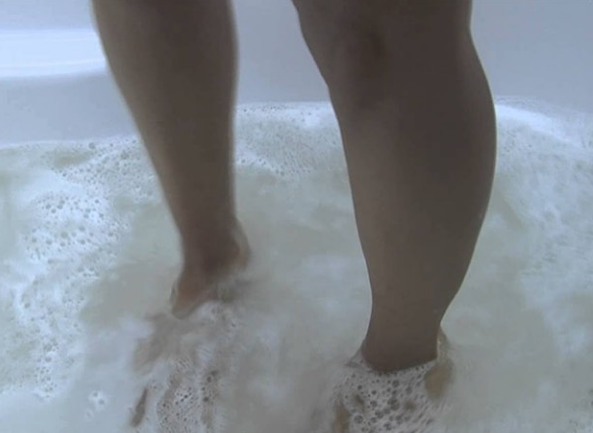Slow drains can feel like a problem that just never goes away. You think you’ve cleared it – and it’s back a week or two later, water pooling in the sink.
Although it may not seem like a big deal, it may be a sign of a bigger problem.
Click here for treating clogged bathroom drains.
What a slow drain means
There are many possible causes for a slow drain, especially a recurring one.
One of the more common reasons is a buildup of gunk in the pipe below the sink. (Gunk is one of those very technical plumbing terms, a catch-all phrase for dirt, soap residue, hair, grease, or a combination thereof.)
Maybe you’ve cleared some of the clogs near the surface, but the fact that it keeps coming back means that you may have a more severe problem.
It could indicate a narrowing of the flow through the pipe occurring deeper down, or improper grading of the drainage system in your house or neighborhood.
What you can do about it
First, it’s essential to do a little detective work by asking the following questions:
- Is the slow drain only in one location?
- Are any other drains slow?
- Is this a relatively recent problem, or have they always been slow?
- Were there any recent changes in your home’s plumbing?
If only one drain is affected, you can try several things:
- Using a combination of baking soda and white vinegar to eat away at the clog
- You can use a sink plunger to try and release the clog.
- You can use a drain snake or similar device to clear the problem. (This may also give you a clue as to what was causing it so you can prevent the problem in the future.)
Multiple Clogs
If more than one area is affected – maybe a sink, toilet, and/or bathtub – you probably have a clog somewhere in your main drainage system rather than in a single area.
It’s time to call for professional help to relieve this type of deeper clog.
Need a good local plumber? Agentis is ready to help.

